 W
WThe Ann W. Richards Congress Avenue Bridge crosses over Lady Bird Lake in Austin, Texas. Before construction of the Longhorn Dam was completed in 1960, the bridge crossed the Colorado River from which Lady Bird Lake is impounded. The bridge was known as the Congress Avenue Bridge from the construction of the first span across the Colorado River at that location in the late 19th century until November 16, 2006, when the Austin City Council renamed the current bridge in honor of Ann W. Richards, the 45th Governor of Texas and a long-term resident of Austin. The bridge is a concrete arch bridge with three southbound and three northbound vehicle lanes and sidewalks on both sides of the bridge.
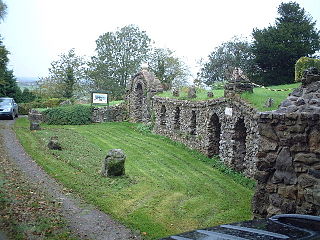 W
WBanwell Caves are a 1.7-hectare geological and biological Site of Special Scientific Interest near the village of Banwell, North Somerset, England notified in 1963.
 W
WA nest box, also spelled nestbox, is a man-made enclosure provided for animals to nest in. Nest boxes are most frequently utilized for birds, in which case they are also called birdhouses or a birdbox/bird box, but some mammalian species such as bats may also use them. Placing nestboxes or roosting boxes may also be used to help maintain populations of particular species in an area. The modern nest box was invented by the British conservationist Charles Waterton in the early 19th century to encourage more birdlife and wildfowl on the nature reserve he set up on his estate.
 W
WBeer Quarry Caves is a man-made limestone underground complex located about a mile west of the village of Beer, Devon, and the main source in England for beer stone. The tunnels resulted from 2,000 years of quarrying beer stone, which was particularly favoured for cathedral and church features such as door and window surrounds because of its colour and workability for carving. Stone from the quarry was used in the construction of several of southern England's ancient cathedrals and a number of other important buildings as well as for many town and village churches, and for some buildings in the United States. Extraction was particularly intense during the Middle Ages, but continued until the 1920s. An adit to another set of workings can be seen from the South West Coast Path east of Branscombe, having been exposed by a landslip in the late 18th century. The quarry is part of the Jurassic Coast, and is a Site of Special Scientific Interest (SSSI).
 W
WBelle Vue Quarry is a 3.2 hectare biological Site of Special Scientific Interest in Dorset, notified in 1977.
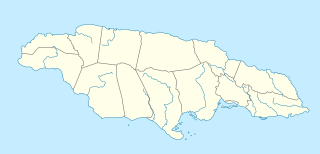 W
WBelmont Cave is a white limestone dry cave in the Cockpit Country of Jamaica. It is also known as Drip Cave, being a single cave with two close entrances.
 W
WBlaisdon Hall is a Grade II* listed building at Blaisdon. It includes a 0.07-hectare (0.17-acre) biological Site of Special Scientific Interest in Gloucestershire, notified in 1995.
 W
WThe Boho Caves are a collection of caves centred on the village of Boho, County Fermanagh on the northern slopes of Belmore Mountain. They encompass the main Boho Cave and the smaller Waterfall Cave and Upper and Lower Ravine Caves. The Boho Cave system is the sixth-longest cave system in Northern Ireland, is designated an Area of Special Scientific Interest and is the only example of joint-controlled caves in Northern Ireland.
 W
WBox Mine is a 56.6 ha biological Site of Special Scientific Interest, near the village of Box in Wiltshire, England, notified in 1991.
 W
WCoffee River Cave is a large river cave in Manchester Parish in west-central Jamaica. It is 2,800 metres (9,200 ft) in length and at an elevation of 250 metres (820 ft).
 W
WThe Grandview Mine, also known as the Last Chance Mine, was operated by Pete Berry from 1892 until 1901 in what later became Grand Canyon National Park. The Grandview Mine Historic District includes what remains of the mine workings and machinery as well as the ruins of a stone house and sleeping shanty. Physical evidence, including low stone walls and construction debris, suggests that several wood structures were also originally present on the site.
 W
WThe Green Grotto Caves are show caves and a prominent tourist attraction on the north coast of Jamaica. Named for the green algae that cover its walls, the structure of the cave is strikingly different from inland systems; the cave is a Flank Margin Cave with two well-defined levels apparently indicating two periods with differing sea-levels. The innermost cavern contains a crystal-clear underground lake.
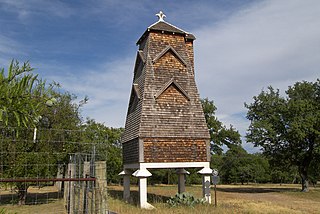 W
WThe Hygieostatic Bat Roost is located in Kendall County, approximately 1.5 miles (2.4 km) east of Comfort on the south side of RM 473, in the U.S. state of Texas. It was erected in 1918 on property owned by former San Antonio Mayor Pro Tem Albert Steves, who had commissioned San Antonio health officer Dr. Charles A. R. Campbell to design the structure. The shingled pyramid-shaped raised tower stands 30 feet (9.1 m) high. One dormer serves as an entrance for the bats, while the other dormers are ornamental. The lower portion of the tower allows access for humans. The concrete base of the tower is raised 7 feet (2.1 m) off the ground, facilitating wagons being driven beneath to collect the guano.
 W
WOxford Cave is a cave in Manchester Parish in west-central Jamaica. It is 765 metres long and at 290 metres altitude. The cave entrance is close by a main road and because of its accessibility has suffered much graffiti, vandalism and litter. It is a roost for a great many bats, but these are under threat from the number of anti-social human visitors, many there to collect bat guano to use as farm fertiliser, others for bashments.
 W
WAt nearly 200 metres, Smokey Hole Cave in Manchester, Jamaica is the deepest known cave in the island.
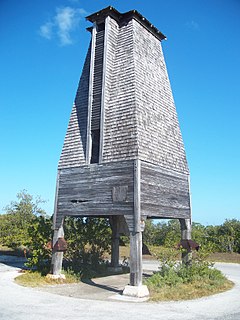 W
WThe Sugarloaf Key Bat Tower, also known as the Perky Bat Tower, is a historic site in Monroe County, Florida, United States. It is located a mile northwest of U.S. Route 1 on Lower Sugarloaf Key at mile marker 17. On May 13, 1982, it was added to the National Register of Historic Places. The tower was blown down during Hurricane Irma in 2017.
 W
WTopolnița Cave is a karst cave located in Mehedinți County, Romania. It is the fourth-longest cave in Romania: only Peștera Vântului, Humpleu-Poienița Cave, and Hodobana Cave are longer. Most speleological sources estimate its length at 20.5 km (12.7 mi), although a length of 22 km (14 mi) has also been reported. Some Romanian news sources report a more conservative 11,000 metres (36,000 ft). It is considered a natural monument of Romania.
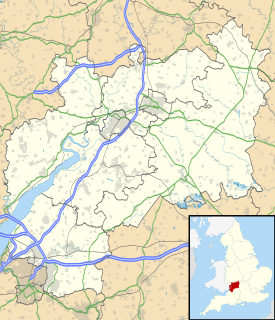 W
WWigpool Ironstone Mine is a 34.88-hectare (86.2-acre) biological Site of Special Scientific Interest in Gloucestershire, notified in 1998.
 W
WWindsor Great Cave is a 3,000 metres (9,800 ft) long cave in Trelawny Parish on the north coast of Jamaica. The land external to the main entrance is owned by the WWF (UK), and access is often denied by the Windsor Research Centre who act as their proxy.
 W
WWoodchester Mansion is an unfinished, Gothic revival mansion house in Woodchester Park in Woodchester, near Nympsfield, Gloucestershire, England. It is on the site of an earlier house known as Spring Park. The mansion is a Grade I listed building.
 W
WWoodchester Park is a 214.9-hectare (531-acre) biological Site of Special Scientific Interest in Gloucestershire, notified in 1966.